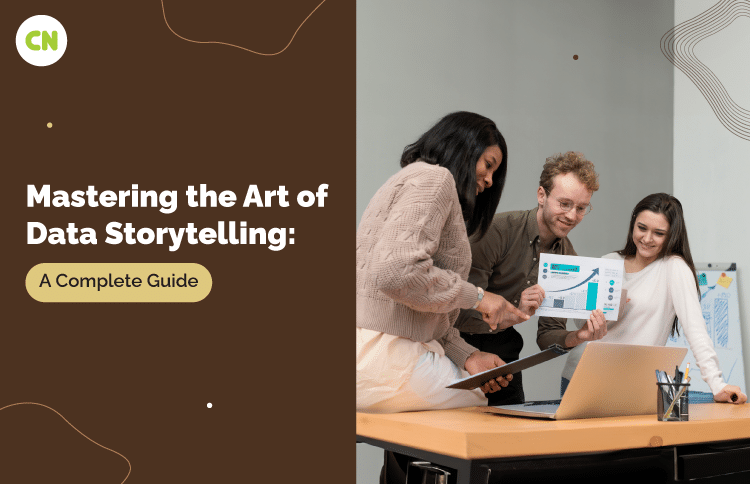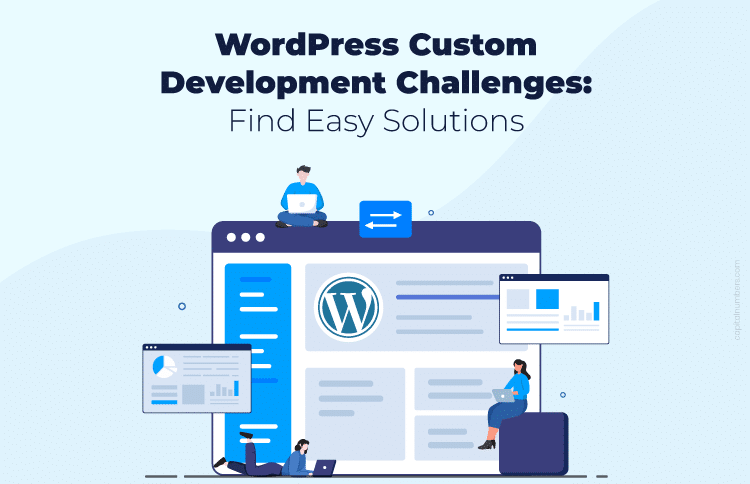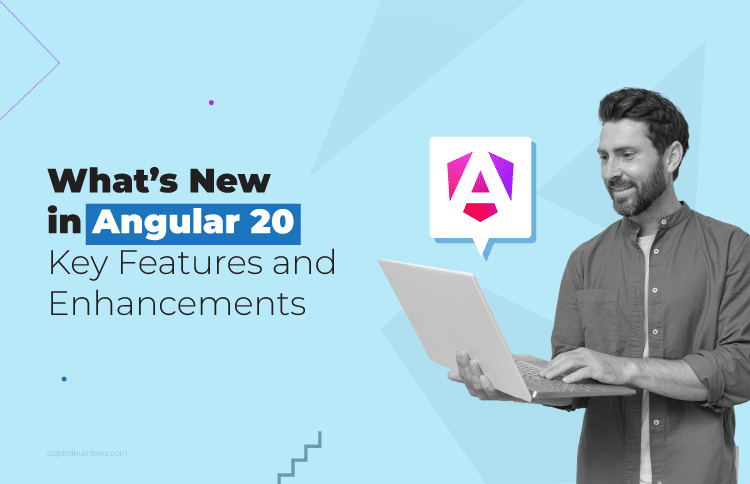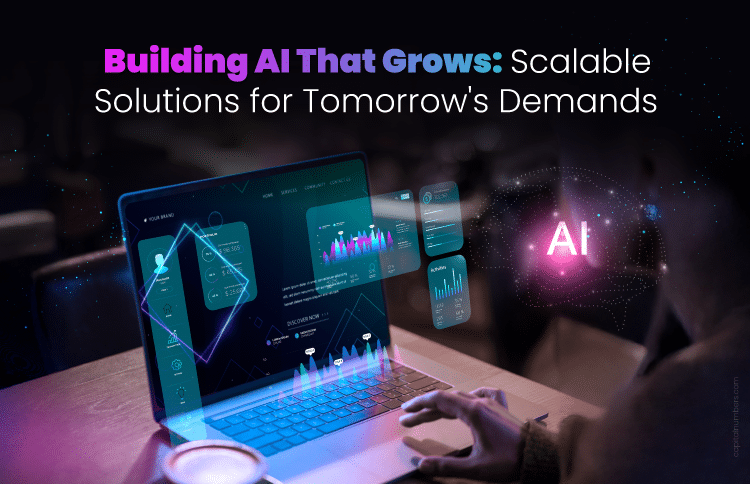Mastering the Art of Data Storytelling: A Complete Guide
Table of Contents
In today’s business world, using data effectively is crucial for success. Organizations depend on insights from data to make important decisions and stay ahead of the competition. But just having data isn’t enough to make a real impact. To really use data well, organizations need to be good at data storytelling. This means turning complex data into clear, engaging stories that lead to action. This guide will help you understand data storytelling in depth. It offers practical steps for organizations to fully use their data by telling stories that make sense and drive results.
The Essentials of Data Storytelling
In today’s data-heavy world, storytelling is like a bridge between raw data and useful insights. When we add context, make it relatable, and evoke emotions, stories help people understand data better and make smarter decisions in organizations.
Data storytelling is about changing complex data into clear stories that people can easily grasp and use. It combines hard facts with human emotions and experiences to create stories that connect with listeners. By sharing data in a meaningful way, it helps organizations make smarter decisions, communicate better, and achieve positive results.
Laying the Groundwork: The Role of Data Engineering in Storytelling
Data engineering is crucial for effective data storytelling as it prepares and organizes data so it’s ready to use. This step includes building data pipelines that handle everything from collecting raw data to processing it into a usable format. By setting up data properly, data engineers allow storytellers to focus on creating narratives that are engaging and based on solid, accurate information. This connection between the technical work of data engineering and the creative aspect of storytelling is essential for delivering powerful data-driven stories.
Data Challenges: Overload and Miscommunication
In today’s data-rich environment, the large volume of information can be overwhelming, often leading to data overload. This abundance makes it difficult to identify what is important, potentially clouding decision-making processes. Additionally, the risk of data being misinterpreted or misrepresented can lead to miscommunication, resulting in decisions based on inaccurate or incomplete information.
To effectively navigate these challenges, it’s essential to develop clear strategies for data management and communication. This involves not only selecting relevant data points but also presenting them in a manner that is both clear and compelling. By refining data storytelling techniques, organizations can ensure that their messages are not lost in translation and that their decisions are well-informed and reliable.
Key Elements of a Good Data Story
A good data story includes several important parts. A clear, well-organized narrative helps structure the presentation of the data. The story should include insights that are easy to relate to and conclusions that prompt action. Keeping the story simple and relevant helps keep the audience interested and makes the information easier to understand and remember.
Additionally, effective data stories often use visual aids like charts, graphs, and infographics to illustrate points clearly and attractively. These visuals can help convey complex data in a straightforward way, making it easier for the audience to grasp patterns, trends, and outliers. Lastly, it’s important to tailor the story to the specific audience, considering what they know, care about, and how they can use the information. This personal touch can make the data story more impactful and memorable.
Strategies for Selecting Impactful Data Points
Aligning data points with organizational goals is crucial for effective storytelling. Selecting the right metrics ensures that the data presented is relevant and aids in making informed decisions. This careful approach to choosing data can significantly enhance the impact of the story.
Additionally, it’s important to consider the clarity and simplicity of the data. Choose metrics that are easy to understand and communicate, even to those who may not be specialists in the field. This helps ensure that the message is clear and engaging across different audiences. Also, consider using data that can be easily compared and contrasted to show trends, changes, or disparities. This makes the story more dynamic and provides a stronger basis for the conclusions drawn.
Developing a Compelling Narrative Arc for Data Storytelling
The narrative arc is the structure that holds a data story together. It starts with a problem, creates tension, and resolves it with insights based on data. This structure turns plain information into a compelling and coherent story that keeps the audience interested and improves their understanding.
A good data story should have a clear sequence. Begin with an engaging introduction that captures the audience’s attention. Then, develop the story by detailing key insights and supporting them with evidence. End with a strong conclusion that brings all the elements together, leaving the audience informed and ready to act.
Data Visualization Techniques for Maximum Impact
Data visualization is a powerful tool for impactful storytelling. By simplifying complex information through charts, graphs, and dashboards, visual elements not only make data more digestible but also enhance understanding among diverse audiences. Choosing the right visualization techniques is key to maximizing the impact of the narrative. It is important to find the right balance between aesthetics and clarity. This ensures that the visuals enhance comprehension without overwhelming the audience.
Tailoring Data Stories for Different Audiences and Stakeholders
It’s crucial to recognize that different stakeholders, such as executives, data analysts, and non-technical staff, have varying levels of understanding of data. To tell a data story effectively, one must present the information in a way that everyone can understand. Adapting the stories to meet the specific needs and interests of different groups ensures that the message is relevant and engaging. This approach helps create a stronger connection between the data and those who need to interpret it.
Business Intelligence and Data Storytelling: A Synergistic Approach
Business Intelligence (BI) and data storytelling work together to turn complex data into clear and actionable insights. BI tools do the heavy lifting by analyzing data and identifying key trends and metrics. Data storytelling then transforms these technical findings into engaging stories that people can easily understand and connect with. This combination ensures that the insights are not only accurate but also compelling, making them more effective for influencing business decisions. Together, business intelligence services and data storytelling help organizations present complex information in a way that motivates action and supports business growth.
Implementing Data Storytelling in Your Organization: A Step-by-Step Guide
Successfully integrating data storytelling into organizational culture demands a systematic approach. This involves comprehensive training, collaboration among teams, and a commitment to continuous improvement. A step-by-step guide provides organizations with a roadmap for effectively implementing and sustaining data storytelling practices.
Data storytellers should constantly seek feedback and iterate their approach. Feedback from the audience allows for continuous improvement, ensuring that data stories remain relevant, engaging, and impactful. By incorporating feedback and adapting to the evolving needs of the audience, organizations can refine their data storytelling skills and stay ahead in the competitive business landscape.
Evaluating Success: KPIs for Data Storytelling Initiatives
To measure the impact of data storytelling initiatives, it’s important to define key performance indicators (KPIs). These indicators help understand how well storytelling strategies are working and support ongoing improvements. By setting up and monitoring KPIs, organizations can measure and quantify the success of their data storytelling efforts.
You May Also Read: A Comprehensive Guide to Business Intelligence Services for Non-Technical Leaders
Conclusion
Data storytelling is a powerful method that helps organizations fully use their data. By following the steps in this guide, organizations can develop a culture focused on making decisions based on data and sharing insights effectively to achieve strategic goals. Data storytelling leads to new opportunities for innovation and growth, putting organizations at the leading edge of the data-driven world.

















